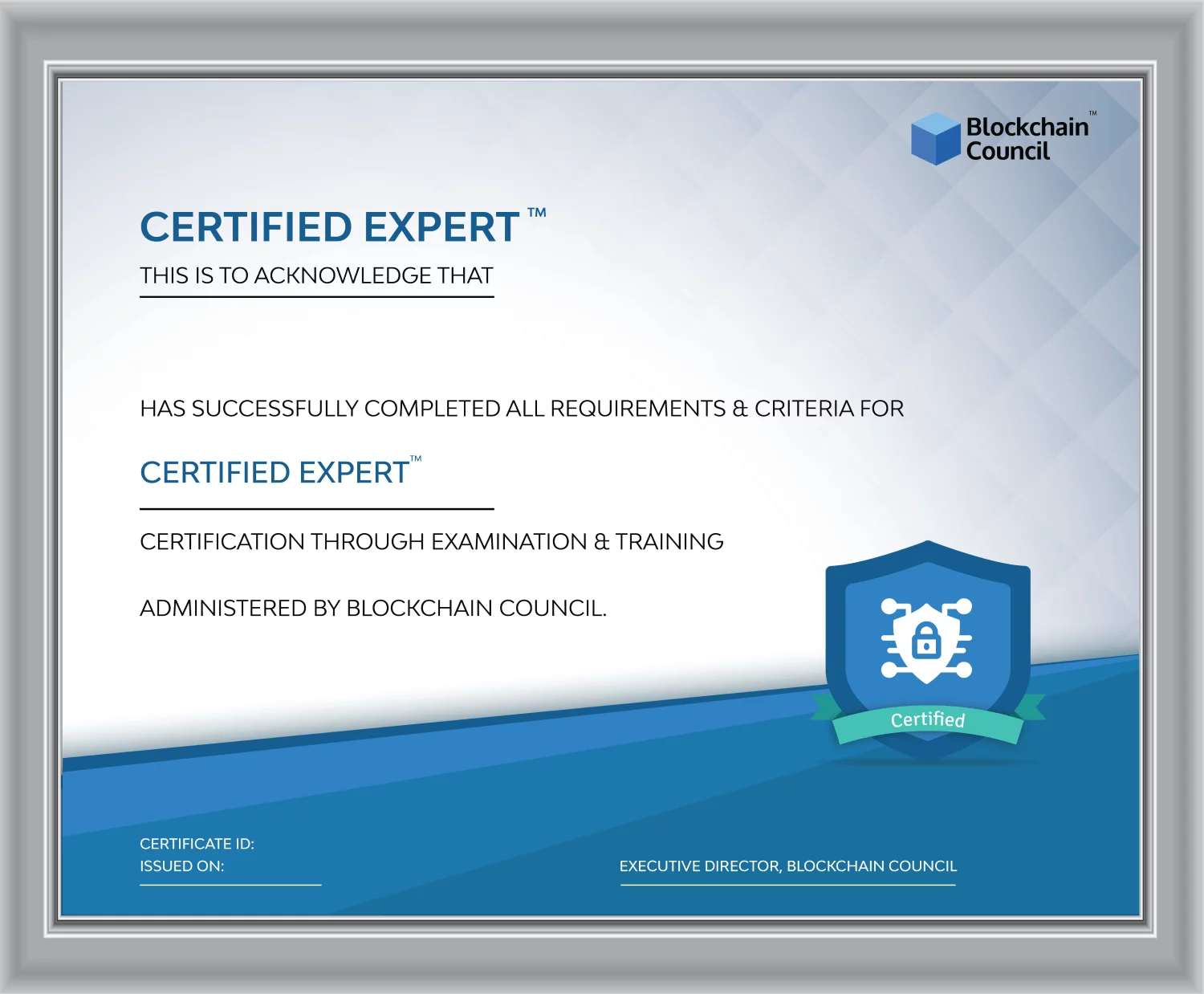
- Blockchain Council
- February 20, 2025
Creating digital coins involves different strategies using blockchain networks. Many wonder, “How can you produce cryptocurrency?” There are three main ways to do this:
- Extracting coins through mining
- Building your own digital currency
- Renting computing power via cloud mining
Each of these requires specific tools, methods, and knowledge to be profitable. This guide explains how you can produce cryptocurrency in detail.
How Can You Produce Cryptocurrency?
The process of generating digital currency can be categorized into three primary methods:
- Mining coins using either Proof-of-Work (PoW) or Proof-of-Stake (PoS)
- Designing a new blockchain-based asset
- Using cloud-based services for mining
Each of these has its own benefits, risks, and expenses. Below, we break them down for better understanding.
Method 1: Cryptocurrency Mining
What Does Mining Mean?
Mining is the process of verifying transactions and adding them to a blockchain. This is commonly used in Bitcoin, earlier versions of Ethereum, and several other digital currencies.
Types of Mining
1. Proof-of-Work (PoW) Mining
PoW mining involves solving complicated mathematical puzzles to verify transactions. The first miner to complete the puzzle earns a reward in cryptocurrency.
What You Need for PoW Mining:
- High-performance equipment like ASICs or GPUs
- Software such as CGMiner, BFGMiner, or NiceHash
- A steady electricity supply and cooling setup
Examples of PoW-Based Coins:
- Bitcoin (BTC)
- Litecoin (LTC)
- Dogecoin (DOGE)
Challenges of PoW Mining:
- High energy costs
- Increasing mining difficulty
- Tough competition from large-scale operations
2. Proof-of-Stake (PoS) Mining
PoS mining works differently from PoW. Instead of solving puzzles, those who own a certain amount of a coin can validate transactions by “staking” their holdings.
Benefits of PoS Mining:
- Consumes much less electricity than PoW
- More eco-friendly approach
- Passive income through staking
Examples of PoS-Based Coins:
- Ethereum (ETH) (after the transition to Ethereum 2.0)
- Solana (SOL)
- Cardano (ADA)
Method 2: Developing a New Cryptocurrency
How to Create a Digital Currency?
For those who want complete control over their coin, designing a new asset from the ground up is an option. This approach requires technical skills, planning, and deep blockchain knowledge.
Steps to Build Your Own Cryptocurrency:
Define Its Purpose – Decide why your coin exists and what problems it solves.
Select a Validation System – Choose between PoW, PoS, or another model.
Pick a Blockchain Framework – Use existing platforms like Ethereum or Binance Smart Chain, or build a custom blockchain.
Develop Core Features – Write the necessary code, smart contracts, and security layers.
Set Up Nodes – Nodes validate transactions and keep the system running.
Enable Storage Solutions – Provide users with wallets to store and trade your coin.
Conduct Security Checks – Prevent hacking risks by auditing the system.
Launch and Market the Currency – Promote your asset on social media, get it listed on exchanges, and attract users.
Popular Platforms for Creating Cryptocurrencies:
- Ethereum (Common for ERC-20 tokens)
- Binance Smart Chain (BEP-20 token support)
- Solana (Fast transactions and scalability)
- Polkadot (Allows interoperability with different blockchains)
Legal and Security Aspects:
- Adhering to regulations to avoid legal troubles
- Conducting thorough smart contract checks to prevent security breaches
- Defining clear uses to attract investors and build trust
Method 3: Cloud Mining (No Equipment Needed)
Cloud-based mining provides an alternative to traditional mining, where users rent computing power instead of setting up their own hardware.
How Does Cloud Mining Work?
- Select a trusted cloud mining provider.
- Buy a mining package based on hash rate and time period.
- Receive earnings without maintaining mining machines.
Top Cloud Mining Providers in 2025:
- Genesis Mining
- Bitdeer
- StormGain
Why People Use Cloud Mining:
- No need to invest in expensive equipment
- Reduced electricity bills
- No technical skills required
Disadvantages of Cloud Mining:
- Many fraudulent platforms exist in this sector
- Returns are lower compared to traditional mining
- Lack of control over the mining process
New Trends in Cryptocurrency Production
1. Environmentally Friendly Mining
With rising energy concerns, miners are shifting toward renewable sources like solar and geothermal energy. Some nations, such as El Salvador, are already using volcanic heat to power Bitcoin mining.
2. More Coins Moving to Proof-of-Stake
A growing number of projects are abandoning PoW in favor of PoS due to lower energy costs and faster transactions.
3. Artificial Intelligence in Blockchain
AI is increasingly being used to enhance mining algorithms and detect fraudulent activities within blockchain networks.
4. Governments Cracking Down on Unauthorized Mining
Several nations, including China, India, and the U.S., are tightening rules around unlicensed mining operations.
Conclusion – Which Option Works Best for You?
If you’re looking to generate cryptocurrency, the best method depends on your expertise, budget, and risk appetite:
- For Maximum Profits – Traditional PoW mining can be lucrative if electricity costs are manageable.
- For an Eco-Friendly Approach – PoS staking provides passive rewards with lower energy use.
- For Innovation and Creativity – Designing your own cryptocurrency offers complete control and the potential to revolutionize the market.
- For a Simple Start – Cloud mining is the easiest way to earn without technical expertise.
Keeping up with industry changes, using the right tools, and following security measures can help you succeed in cryptocurrency production.






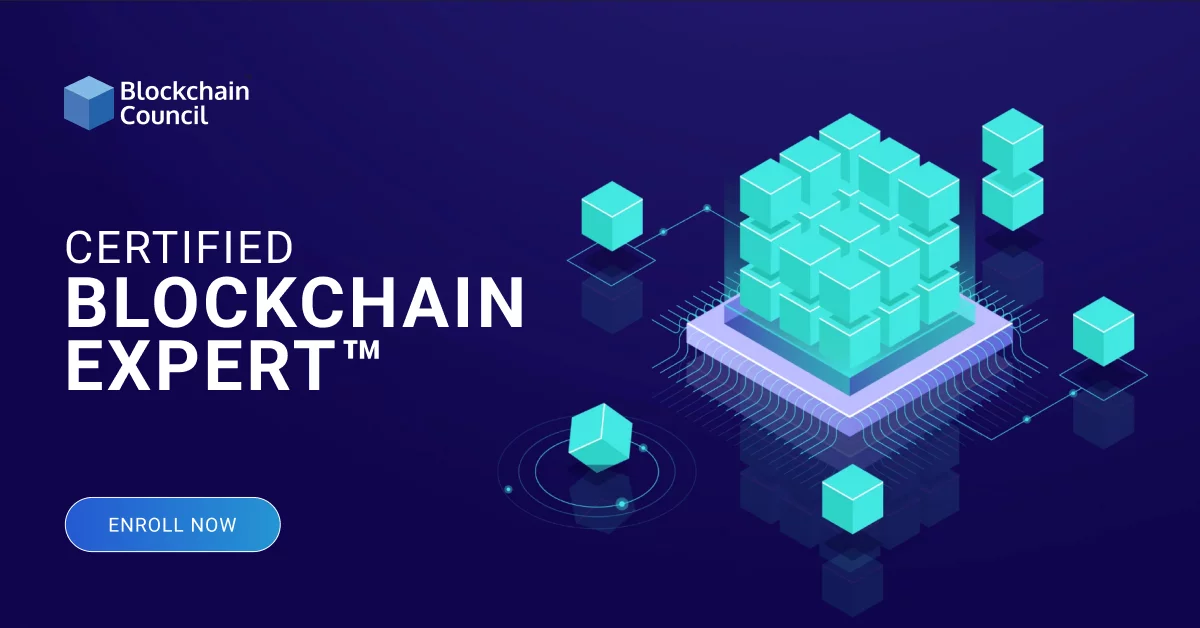



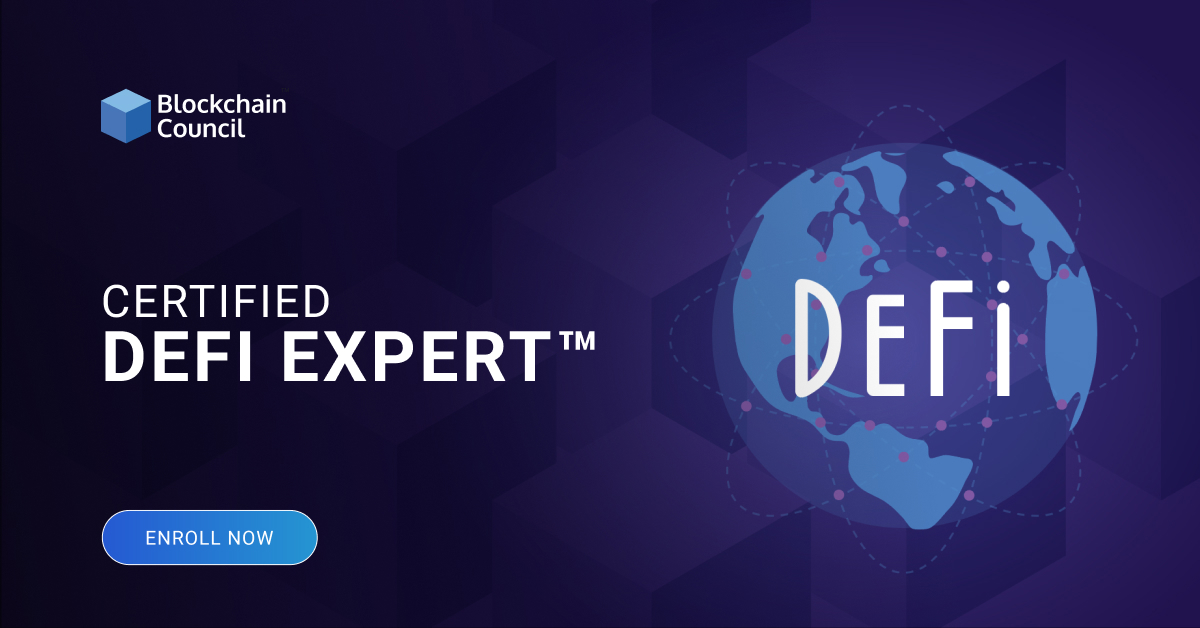

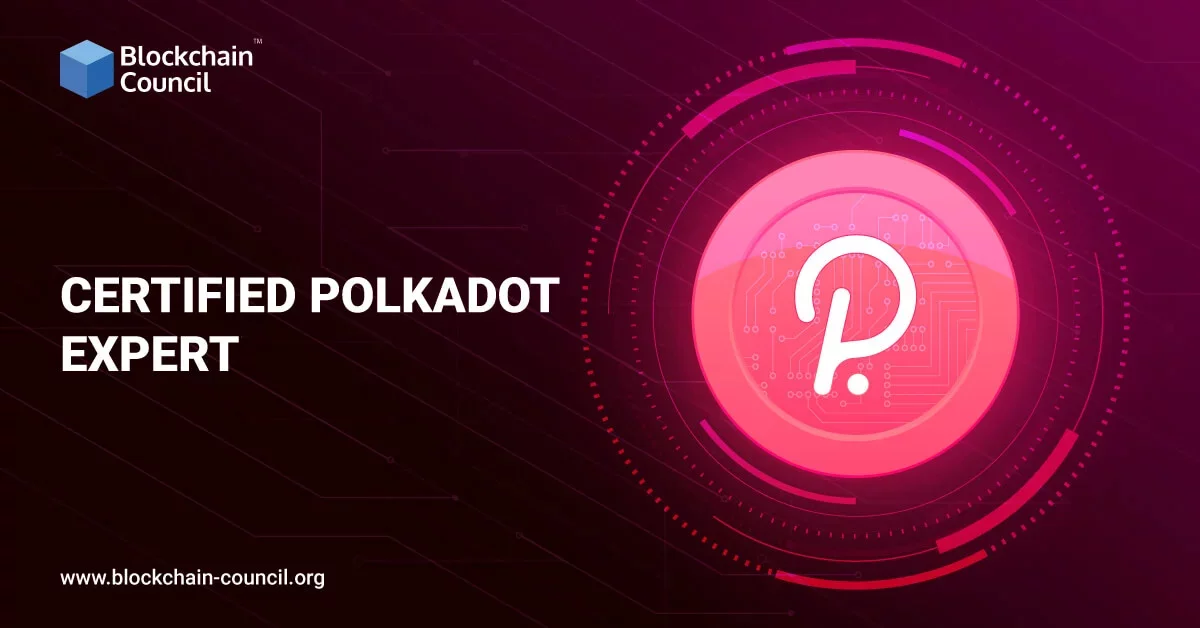



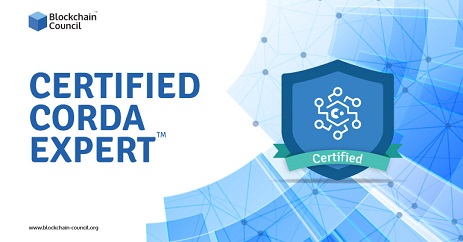




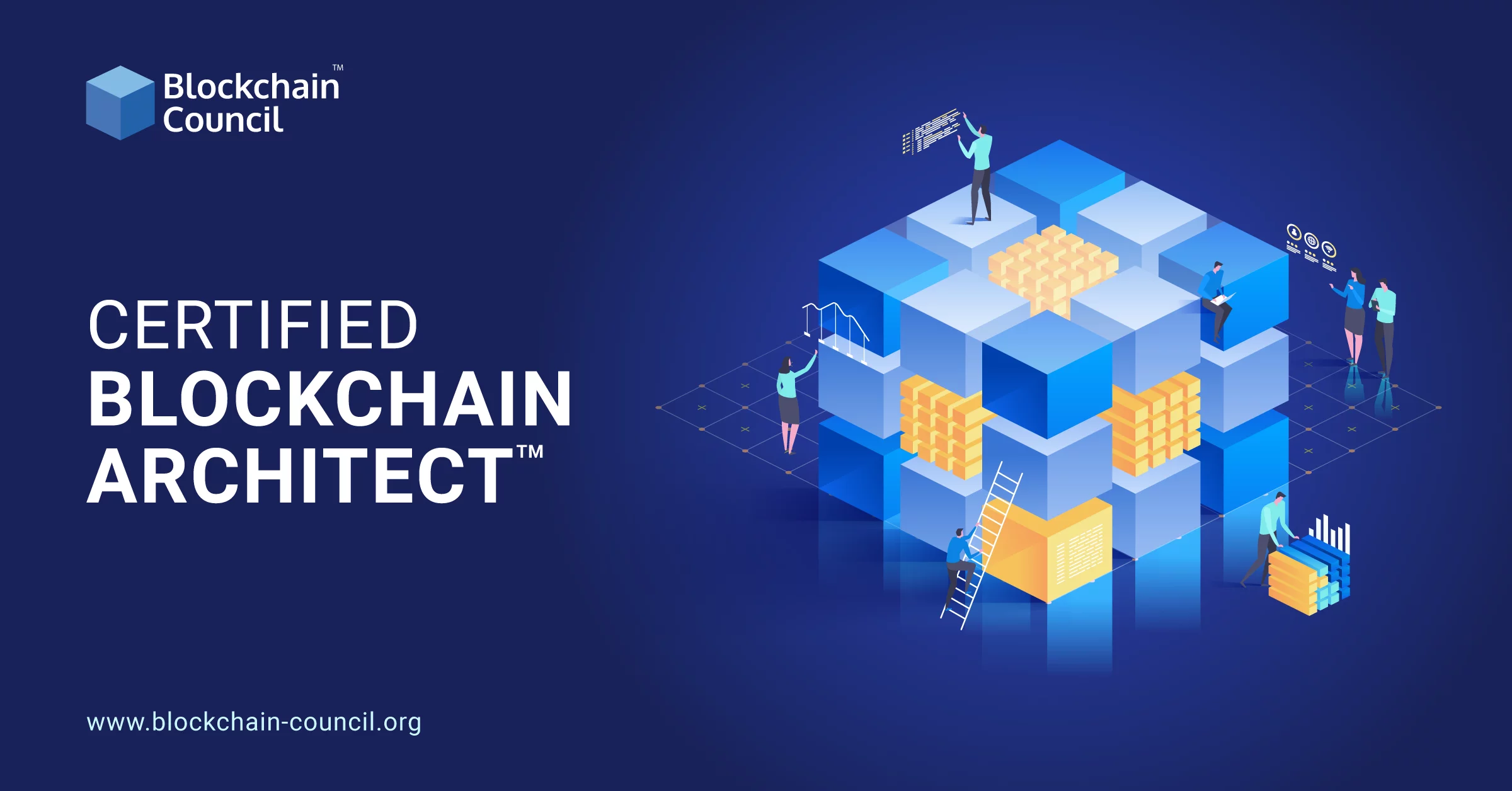





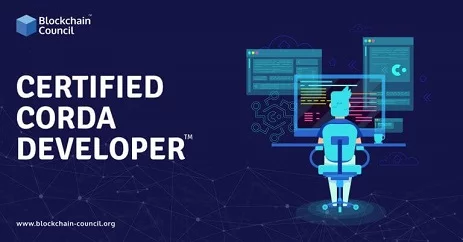
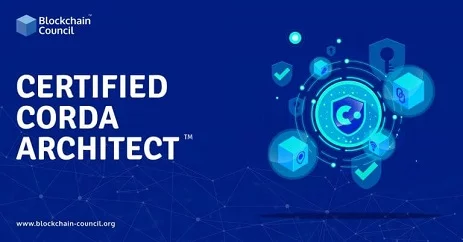














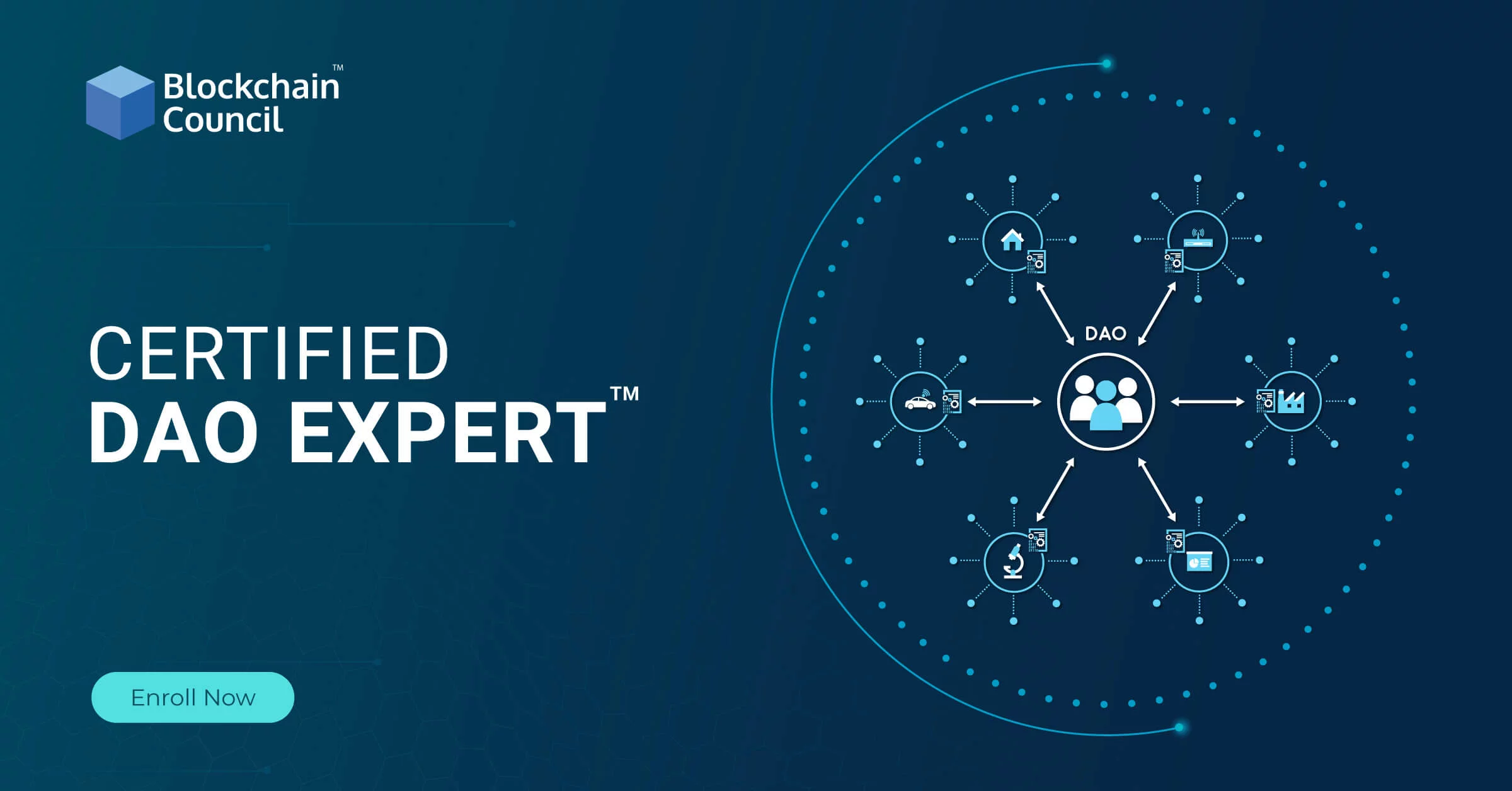






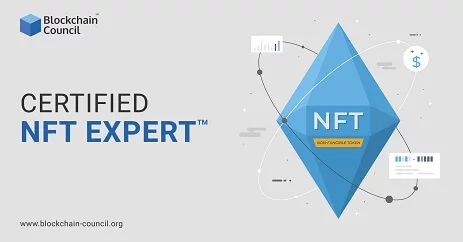
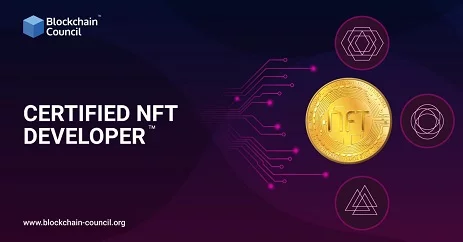
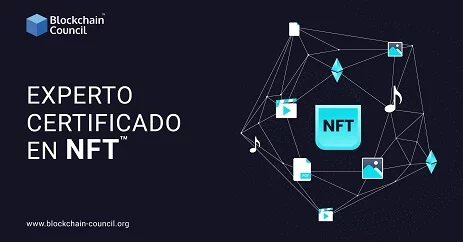

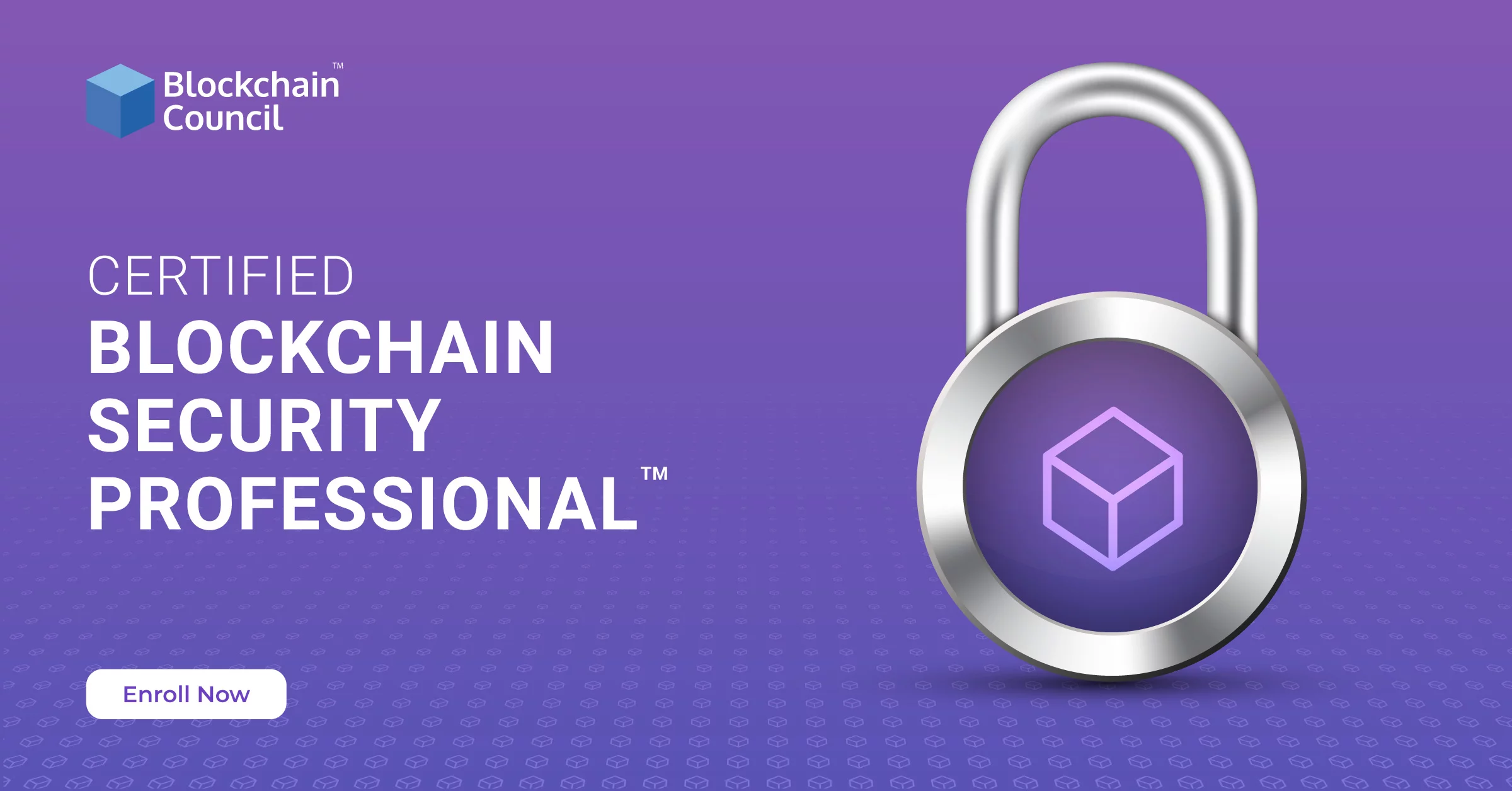

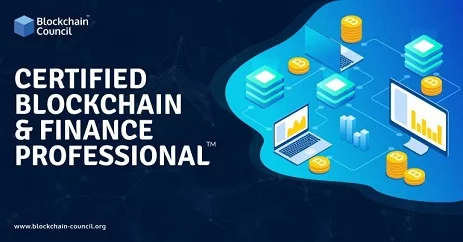
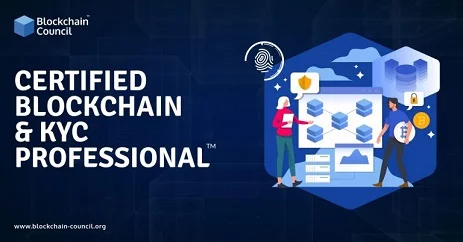









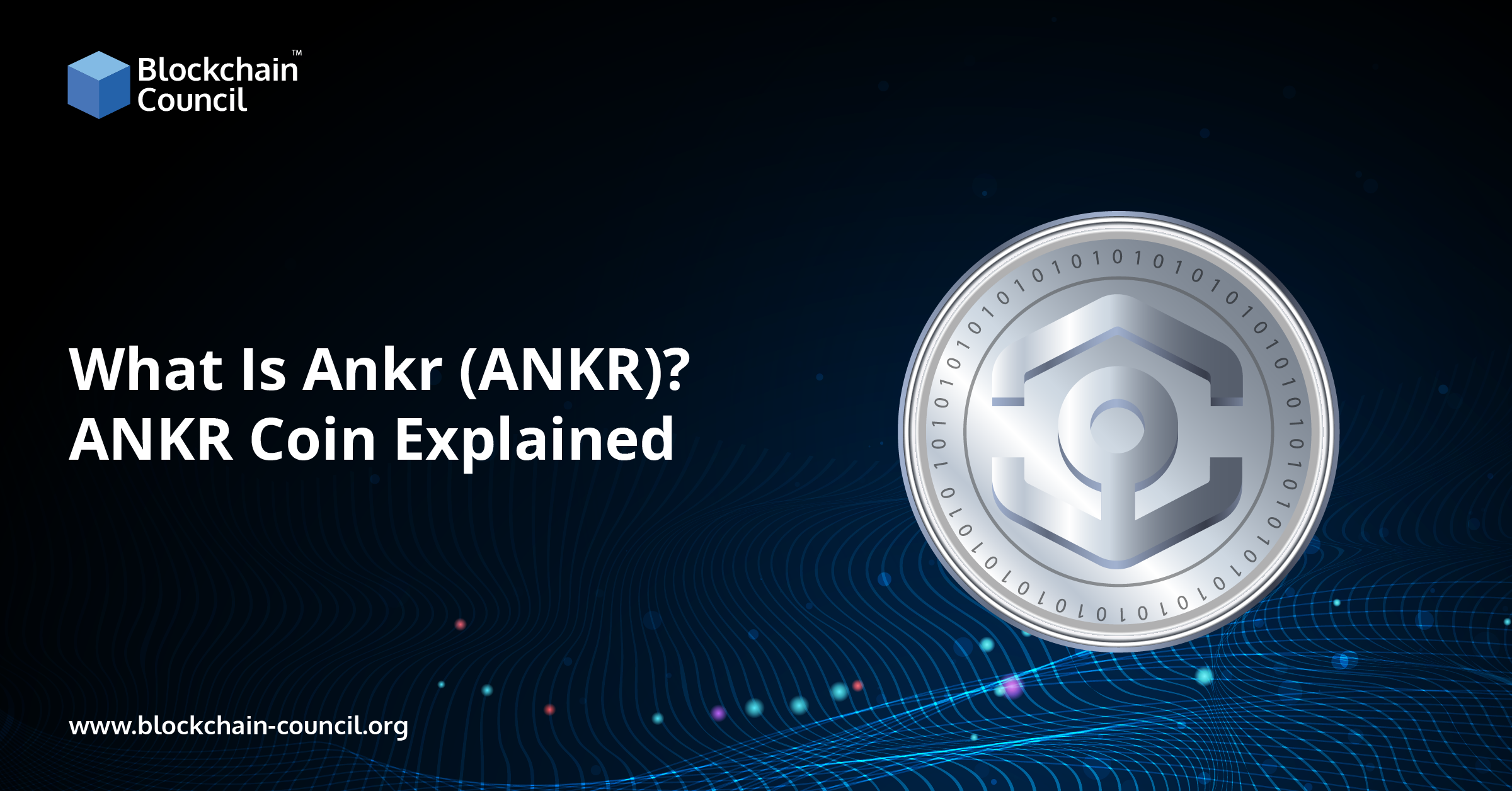

 Guides
Guides News
News Blockchain
Blockchain Cryptocurrency
& Digital Assets
Cryptocurrency
& Digital Assets Web3
Web3 Metaverse & NFTs
Metaverse & NFTs
